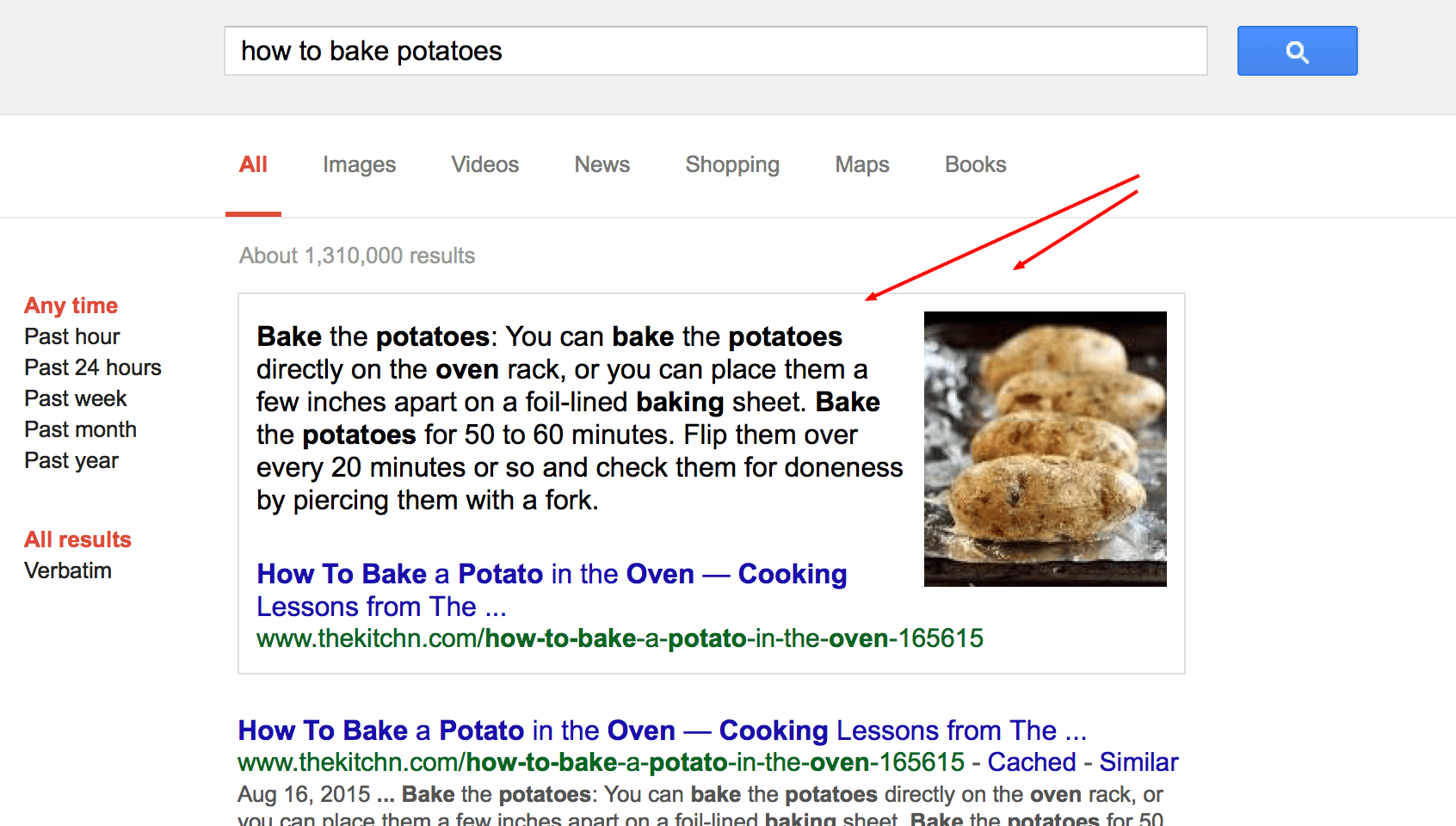

Titles that are overly repetitive, or descriptions that are overly specific, can lead to odd-looking ads. Choose your ad copy carefully, however, and check it in a Google Ads creator so that you are confident that it looks good from a visitor’s perspective. In general, it is good practice to enter as many headlines and descriptions as you can, to ensure that Google has a lot to work with. A breakdown of the possible combinations is shown below, with the old-style expanded text ads also listed for comparison. To get the best results, you should fill out as many headlines and descriptions as possible so that the algorithm has the maximum amount of data to play with. Getting the Most From Your Responsive Ads Being able to scroll through some permutations, however, is still invaluable.
Adwords editor wont let me import csv full#
Note that if you choose to make use of the full 15 headlines and four descriptions then the total number of potential ad combinations available would be in the thousands, so previewing them all would not be possible. Using a Google Ads mockup tool to see the combinations that Google could use, and to view how your ads would look on desktop and mobile devices, can help you spot confusing, misleading, poorly worded or poorly targetted ads far more easily than you would if you were running through combinations in your head.Ī responsive ads preview tool will generate ads based on the headlines and descriptions that you have entered, letting you see at-a-glance what your ads could look like. That’s why viewing a preview of your advertisements makes sense. Preview Your Responsive Ads Before You Spend Money

Yet, while this technology enabled Google to create responsive search ads for millions of users each day, it also gave advertisers the advantage of being able to use their existing Google AdWords campaigns and see earlier results on mobile devices from searchers around the world. Google took advantage of this ability to create responsive search ads by simply adapting its existing technology to respond very quickly – within two seconds or less – to a search query. In some cases, it can take just a few seconds for Google’s ad server to process these signals and return an appropriate responsive search ad. This complex mechanism allows Google to display an ad that may or may not be related to the words that the user typed in. Google’s algorithms can determine what a user is searching for by analyzing thousands of signals and features in the context surrounding each keyword. Inconsistent, incongruous, or weak descriptions could drive potential customers away. It is quite easy for a marketer to write an ad description that, on closer reading, does not truly match some of the ad headlines. However, they are still no substitute for a human eye. Google’s algorithms are effective and can generate useful feedback. Advertisers can view this performance information and use it to get an idea of which headlines or descriptions may need to be improved in order to maximize the conversion rate of their ads. Google will monitor the performance of each headline and description entry. Google will then attempt to combine headlines and descriptions to create an ad that most closely matches a user’s search query, as they explain in their support pages.

To make use of responsive search ads, an advertiser must define at least three headlines and two descriptions. Google allows advertisers to define up to 15 headlines and four descriptions for their ads. How Does Google Ads Generate Responsive Search Ads? The goal of the Responsive Ads system is to collect data about the ad headlines and descriptions that are used in advertisements, in order to discover the combinations that create the highest conversion rate.

While it’s true that Google delivers different ad styles to mobile and desktop users, that’s not what Responsive Ads are about. If you are a web designer, then when you hear the words “responsive” you most likely think of layouts that adapt to screen size and orientation. Google aims to solve these challenges with Responsive Ads. Small screen sizes and the challenges of the mobile interface mean that users expect a different experience on their mobile devices, and that includes how ads are presented, as well as the content of those ads. The web has evolved since those days, however, and users are now better at tuning out advertisements, making it more important than ever before to ensure that your ads are attractive, relevant and compelling.Īccording to research published by Statista, in Q4 2019 mobile traffic accounted for 52.6 percent of all web traffic, putting it slightly ahead of desktop traffic. Online advertising is not a new idea, and Google’s AdWords offering has been synonymous with online advertising since the year 2000.


 0 kommentar(er)
0 kommentar(er)
